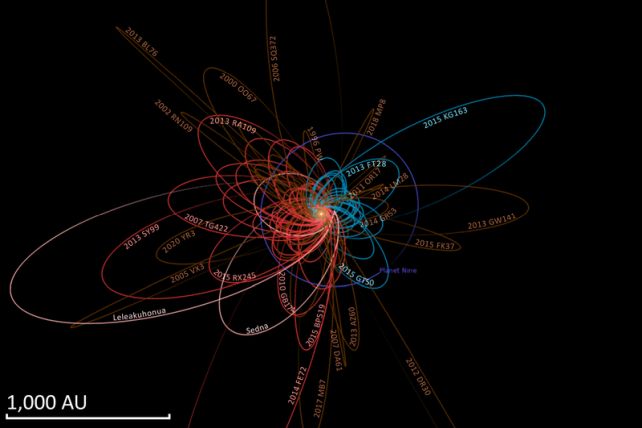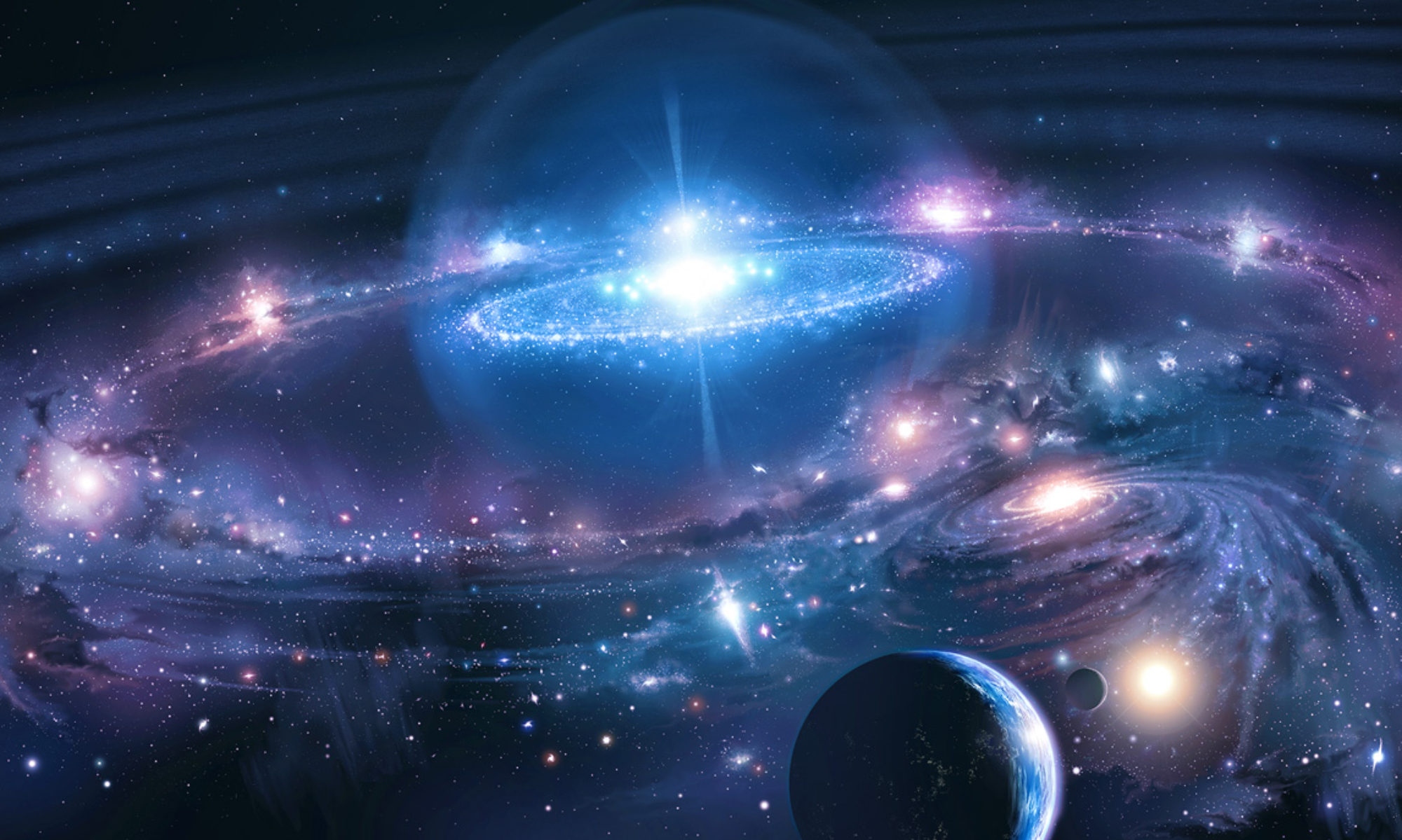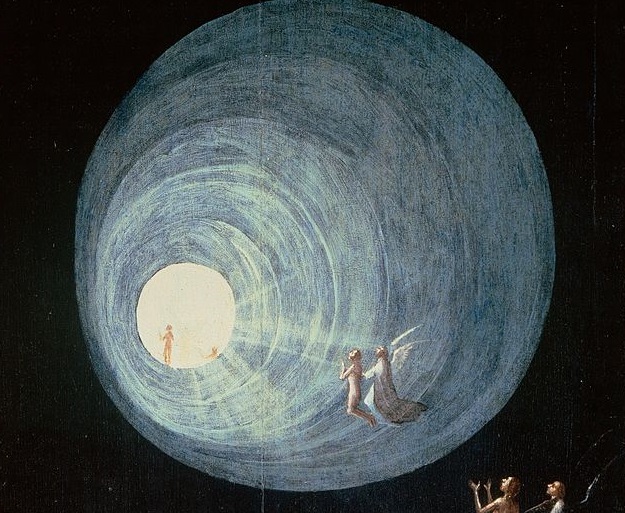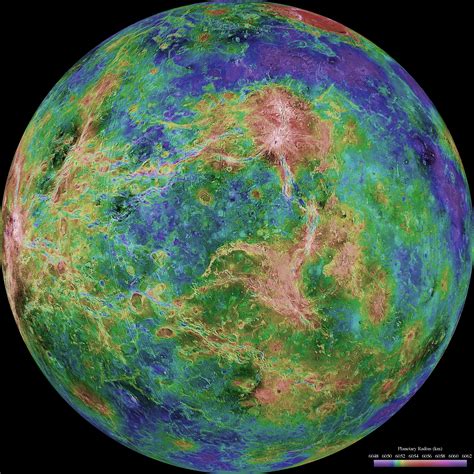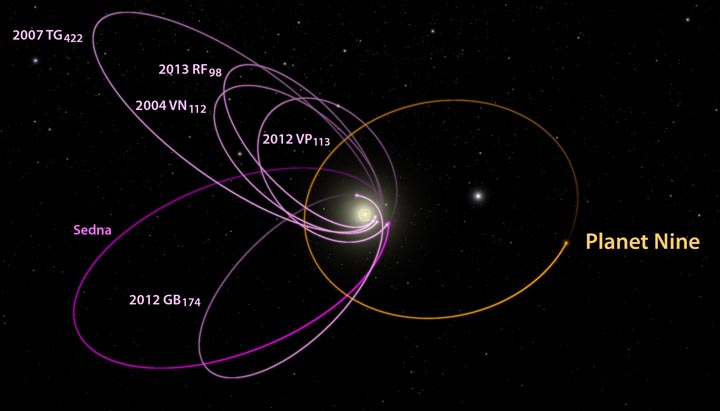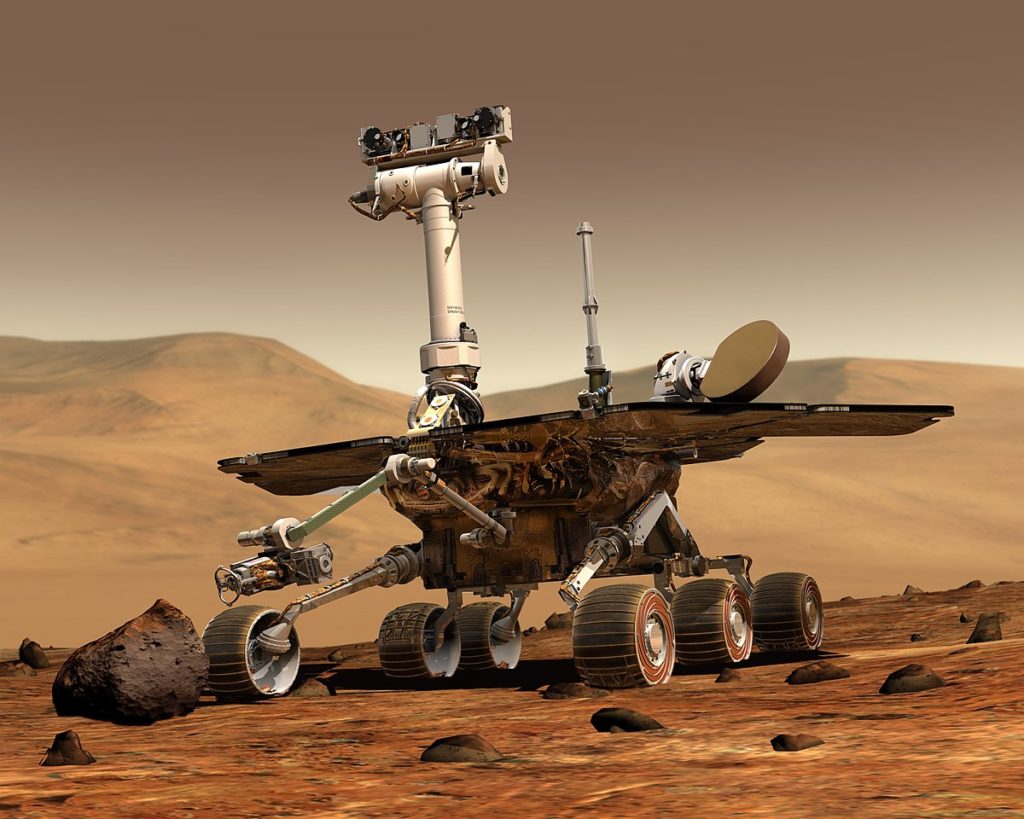Archeology
History
Date: Feb, 2018
Source: BBC
Archaeologists have discovered a large network of Mayan structures in the jungles of Guatemala that would alter our understanding of Mayan civilization. Using a laser technology called Lidar (light detecting and ranging), the researchers were able to see 60,000 ruins beneath the forest canopy.
“I think this is one of the greatest advances in over 150 years of Maya archaeology,” said Stephen Houston, Professor of Archaeology and Anthropology at Brown University.
“Lidar is revolutionizing archaeology the way the Hubble Space Telescope revolutionised astronomy,” said Francisco Estrada-Belli, a Tulane University archaeologist. “We’ll need 100 years to go through all [the data] and really understand what we’re seeing.”
The Mayan civilization is believed to have attained its peak 1,500 years ago, and was estimated to have five million people. “With this new data it’s no longer unreasonable to think that there were 10 to 15 million people there,” said Mr Estrada-Belli, “including many living in low-lying, swampy areas that many of us had thought uninhabitable.”
Note: The Secret Doctrine refers to the work of Auguste le Plongeon “Sacred Mysteries among the Mayas and the Quiches, 11,500 years ago”, who shows the identity between the Egyptian rites and beliefs and those of the people he describes.The ancient hieratic alphabets of the Maya and the Egyptians are almost identical.
H.P.B. suggests that there was an ancient connection between the Central American peoples, the Mayas and other races, and the Egyptians by means of a connecting Atlantis.
